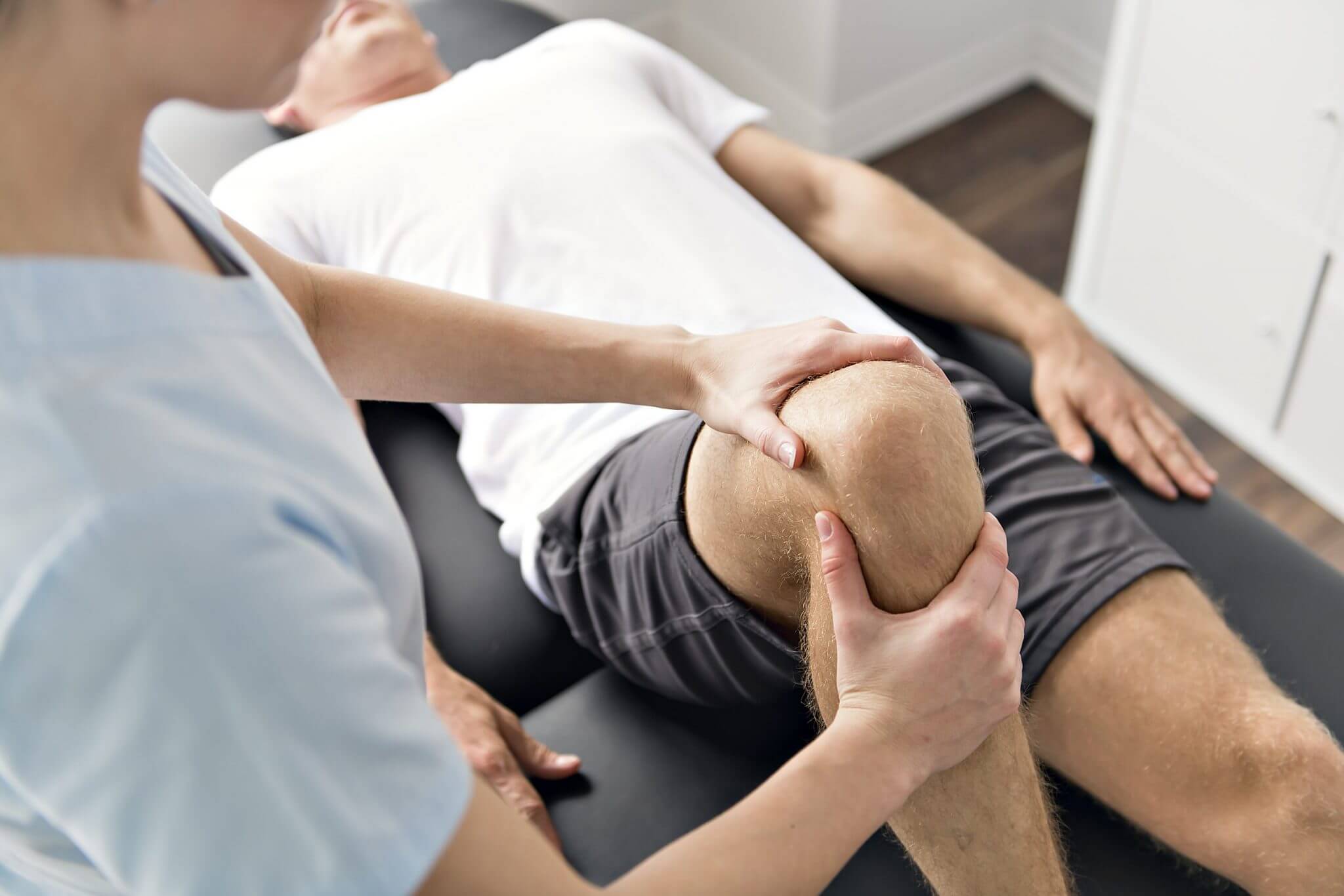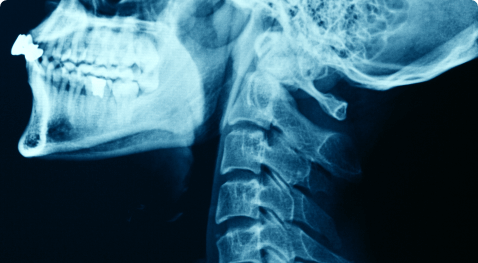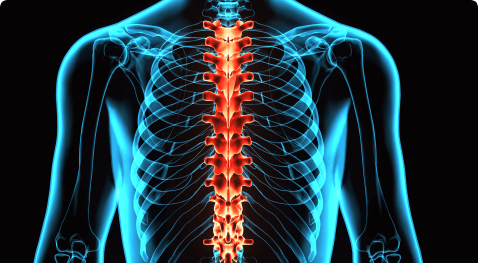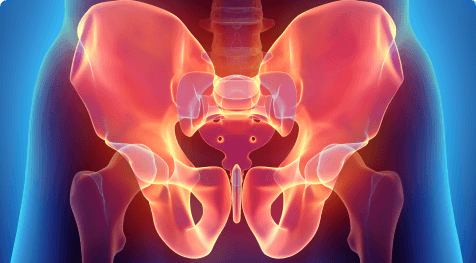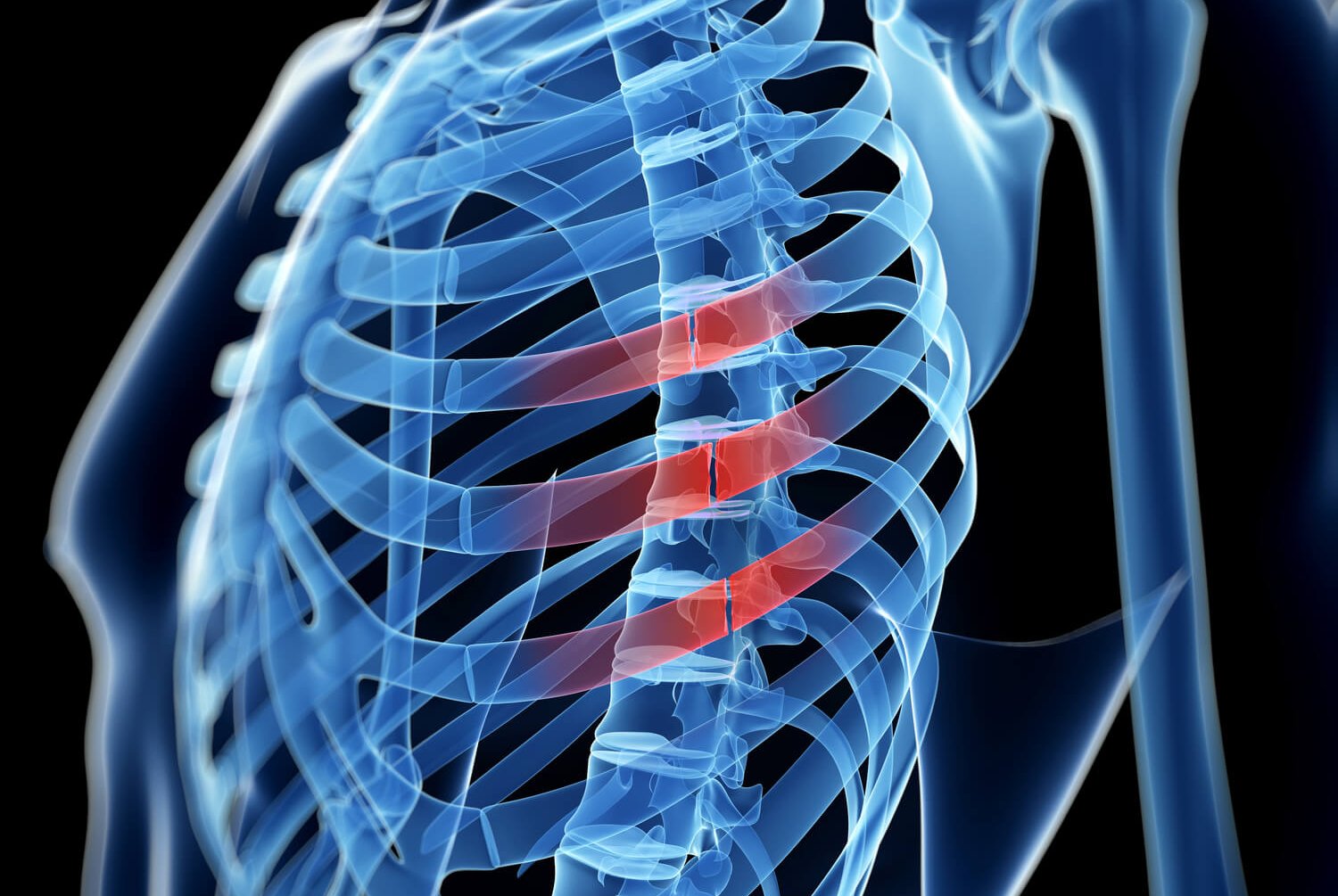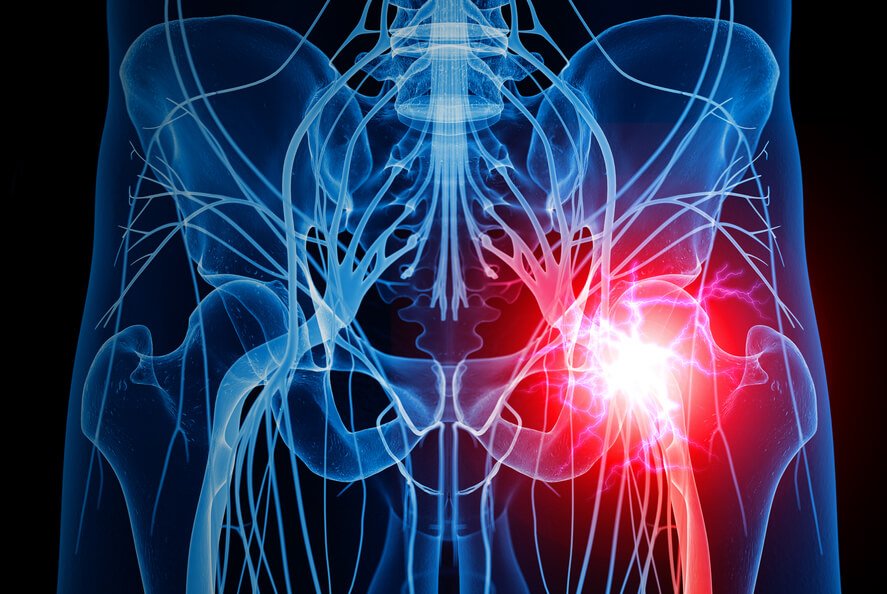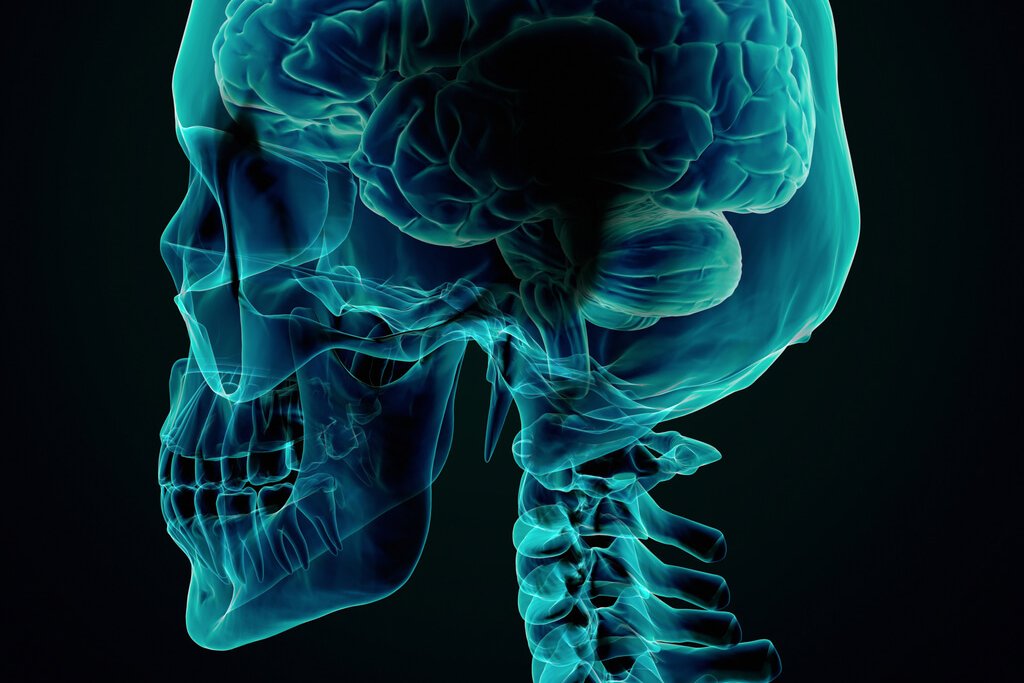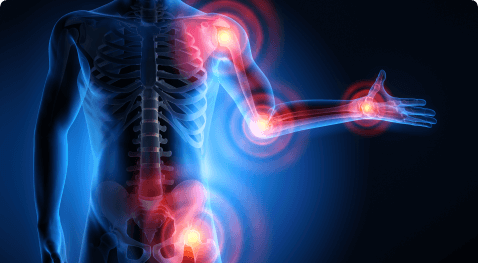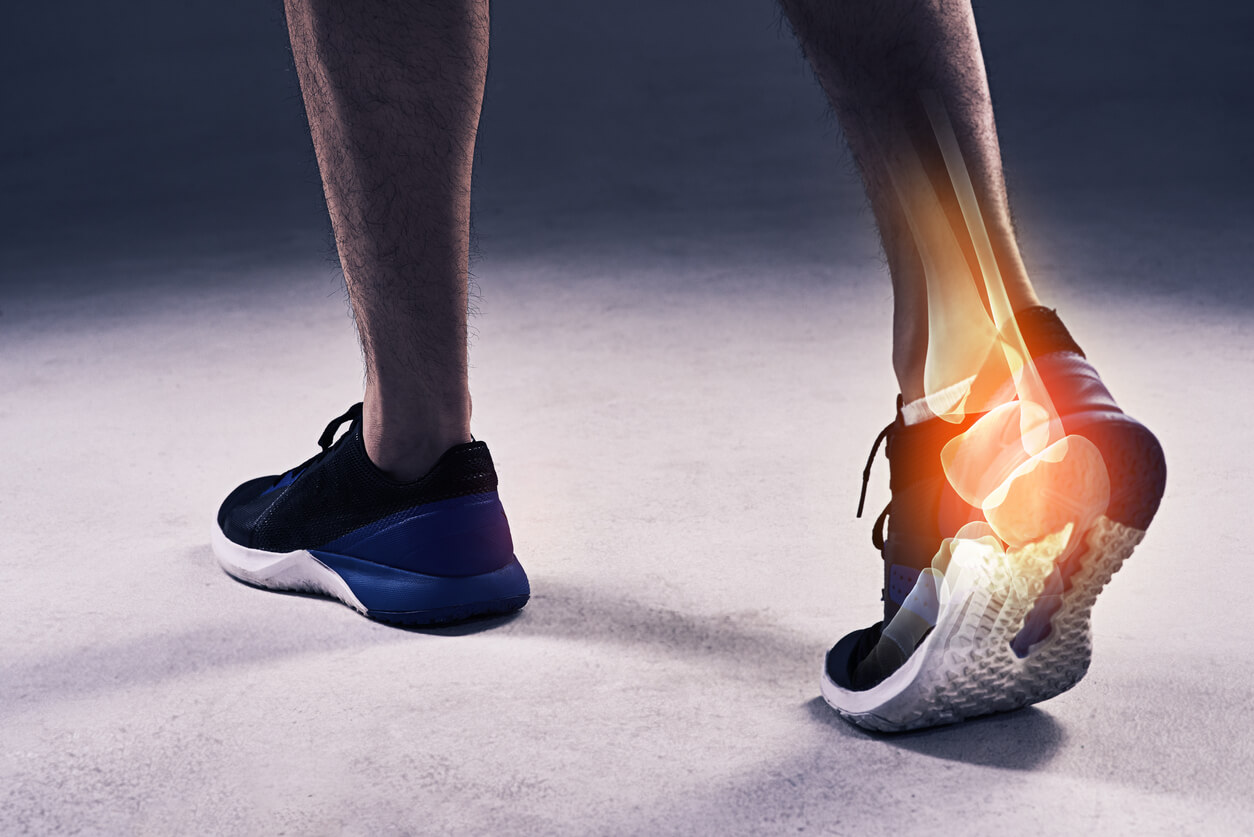Pain Management Physicians of South Florida
The Center For Spinal Stenosis
How is spinal stenosis diagnosed?
A careful history and physical along with x-rays, CAT scans, and MRI assist in making the diagnosis. Spinal stenosis can occur everywhere in the spine and impact different areas i.e. significant stenosis in the cervical spine (neck) and impact the ability to walk which is essentially a lumbar (low back) function.
What is Spinal Stenosis?
Spinal stenosis is a degenerative and age related condition that results in narrowing of the spinal canal. It occurs in the cervical (neck), thoracic, and/or lumbar (low back) segments of the spine.
Typically, it presents with low back pain when standing and walking combined with discomfort, and heaviness in the legs. It can present as a tired, heavy feeling in the back, buttocks and legs. There can be a cramping sensation along with numbness and an unsteady gait. The narrowing of the spinal canal is usually caused by increased overgrowth of ligaments and bone. Occasionally, disk material can also be involved.
The narrowing of the spinal canal can temporarily impede blood flow which leads to symptoms. In itself this is not dangerous but limits a patient’s ability to stand and walk for any significant amount of distance interfering with life and daily activity. The pain and discomfort usually can be relieved by leaning forward as on a shopping cart, sitting, or reclining. Over time, the atrophy with loss of strength in the legs may develop further impact ambulation.
Newest Treatments
A non-surgical procedure was recently introduced to the market called MILD (minimally invasive lumbar decompression). Developed to avoid open surgery with general anesthesia, small tools are used through a cannula (large needle) to remove excess ligaments and bone to improve blood flow in the spinal canal when a patient is standing and walking. It can be accomplished under sedation without a scalpel and does not have the issue such as post-operative scarring that can occur with larger open operations.There is no blood loss with the MILD procedure. The procedure takes 30-40 minutes and results are almost immediate.
There are risks as with any procedures which needs to be discussed with your physician. At this time only lumbar spinal stenosis may be treated with MILD. The physicians of Pain Management Physicians of South Florida work closely with neurosurgical teams if the patient is not a candidate for any of the less invasive techniques or has failed to progress after having these techniques provided.
What are the Treatments for
Spinal Stenosis?
After the diagnosis of spinal stenosis, although physical therapy cannot alleviate pain and discomfort, it should be utilized and combined with pool walking if available to prevent atrophy. Epidural steroids can be placed anywhere in the spine and work by reducing inflammation and shrinking certain tissues to provide more room for blood flow within the spinal canal. The success rate depends on the severity of the spinal stenosis. Epidural steroids should be accomplished by live x-ray guidance (fluoroscopy) and with a contrast (dye) study to assess the patency of the canal. The contrast study also allows your physician to determine if other techniques (such as the MILD procedure ) can be utilized in the future should the epidural steroid fail to provide adequate relief. There are risks with epidural steroids as with any procedure and your physician will go over these risks with you.
Unfortunately medications have not been deemed significantly helpful in treating spinal stenosis. A small percentage of patients obtain some relief with medication, but the vast majority of patients either sit or lay down after standing and walking for relief. Decreased ambulation negatively impacts daily living activities and often leads to atrophy. Surgery is often reserved for only the most extreme, non-responsive cases.
Can I Do Anything To Assist My Treatment?
Patients are advised to continue to stretch and strengthen their lower extremities with as much walking that they can tolerate. Walking in the pool (which is walking against resistance) is recommended when it can be done safely with another person present should any assistance be required.
Call our office to make an appointment: (954) 975-8233



